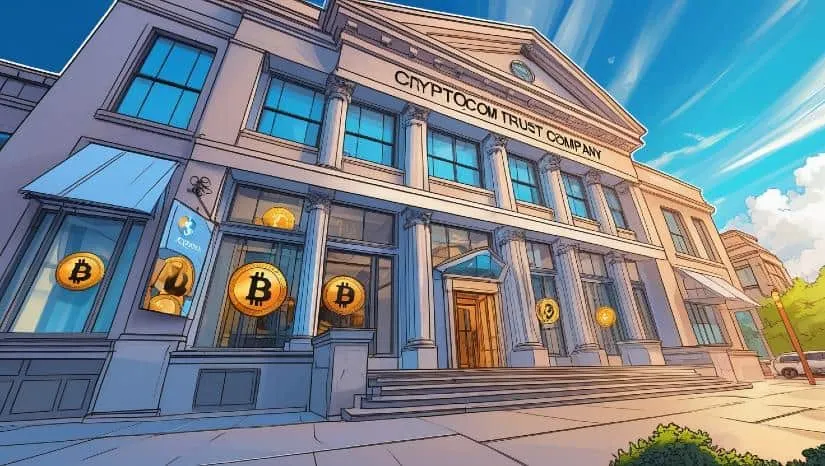The token must have some benefit to the user other
than just the hope that others will pay more.
What is the buyer receiving?
Token buyers, how can you know you are getting value from a token project?
Token projects, how do you create and communicate real value to buyers?
Memecoins, ignore, as they live in their own irrational world.
Examining the Current Market
Below is an overview of the top 15 non-Bitcoin projects by market cap (as listed on CoinMarketCap). While the tokenomics vary from project to project, each token provides the user with value (with the exception of the single memecoin) that forms the basis for real token demand.
- Network Gas: ETH, XRP, SOL, ADA, TRX, AVAX, SUI, XLM
- Proof of Stake: ETH, SOL, ADA, TRX, LINK (required to participate in network, such as running validators)
- Preferential treatment: BNB (access to airdrops and fee discounts)
- Stablecoins: USDT, USDC (provide link to USD).
- Memecoin: Dogecoin.
Crypto’s Huge Problem: Token Dumping & Extreme Volatility
Most tokens see an initial rise, followed by a sharp and sustained price drop. Part of this is the nature of markets. There have been academic experiments that reveal this pattern. But it is far more intense in crypto tokens.
How can a project architect value in order
to insulate buyers from this rise and crash?
Governance
Notable for its absence in the top 15 non-Bitcoin projects is governance. Governance is part of several networks, but it does not appear to be the primary driver of token value. And none of the top tokens has governance as its only use.
What percentage of users really care about voting? Some projects are big enough that people will care about governing decisions, but can a large, involved community be built for every project?
Security
A token could be a security (although you do not hear much about security tokens anymore). Tokens could have security-like features, like a combination of revenue sharing and governance.
Utility
Gas as a utility makes sense for any Layer 1, but seems awkward for Layer 2’s and beyond.
A discount on services or fees, such as BNB’s use on Binance, would qualify as a utility. And, if the token buyer intends to use this discount, that is probably sufficient reason to buy the token. If, on the other hand, the buyer is just betting on the platform’s success, he would want to know if demand for the platform will correlate with demand for the token.
Access is similar to a discount in that it allows use of a platform. Pure token-gating runs into the problem of needing establish demand before gating begins.
And, for both discounts and access, is there a mechanism that would change either the amount of discount/access provided or the number of tokens required if the economics of the platform change?
Exit Potential: Buybacks & Liqudity Pools
Projects can create a fund dedicated to repurchasing the token on price dips or just add sufficient liquidity to a pool. This could be expensive to the project if too great a proportion of funds raised is dedicated to the pool. But if none of the funds dedicated to liquidity, especially given the ease of creating a pool, one would have to wonder.
Trust through Messaging
While apparantly antithetical, projects could just never hype the token or take steps to artificially pump the token price.
Token Vesting
Projects can subject buyers, especially early ones, and insiders to token vesting schedules. This displays dedication to the project, and will move downward price pressure on the token to a future date when the project should be in a much better position to defend against price declines.
Staking Rewards
Curve.fi and GMX both reward longer term staking of tokens. In both cases, the token price experienced the usual peak then gradual price decline. These price declines may be less than what would have occurred because of the staking features, but it is hard to know with certainty.
Align Token and Platform Release
Release the token to the public after the platform is available for public use. While this could be useful, it then reduces the ability to raise funds for development of the platform.
Team Investment
It is certainly not a new idea that investors would want to know what teams have already invested in either time or money.
What combination works?
At Outcome Trading, our approach is a combintation of the above, and includes:
- A well defined economic utility of the token – in our case, token ownership provides substantial discounts on trading fees,
- A vesting schedule for the team (of course) and short-term listing for buyers,
- Utility available shortly after (but probably not before) token release,
- A percentage of funds raised dedicated to the utility pool,
- Substantial team investment (over $1 million and several years of work).
Is this enough in either our case or others?

